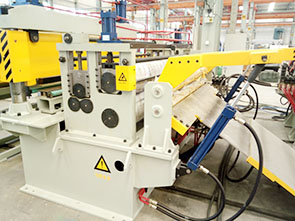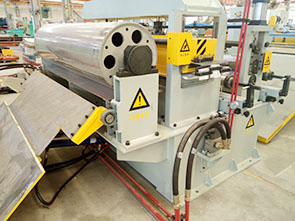Feeding device
Improve production efficiency
Continuous and stable feeding: The feeding device can continuously and stably transport materials to production equipment at the set speed and flow rate, avoiding production interruptions caused by manual feeding or other unstable feeding methods, ensuring the continuity of the production process, and thus improving the overall production efficiency. For example, on an automated assembly line, the belt-type feeding device can continuously transport components to various processing stations.
Quick start of feeding: Some feeding devices have a quick start function and can reach the normal feeding speed within a short time, reducing the waiting time for equipment startup and further improving production efficiency.
Ensure material quality
Reduce material damage: During the feeding process, the device can avoid causing damage such as squeezing, collision, and scratching to the materials through reasonable design and control, such as adopting a flexible conveying method or precise clamping mechanism, to ensure the integrity and quality of the materials. This is especially important for some fragile and easily deformable materials, such as electronic components and glass products.
Prevent material contamination: Feeding devices usually adopt closed or semi-closed structures, which can effectively prevent external impurities, dust, etc. from mixing into the materials, maintain the purity of the materials, and ensure that the product quality meets the requirements. Especially in industries with extremely high hygiene requirements, such as the food and pharmaceutical industries, preventing material contamination is crucial.
Reduce labor intensity and costs
Save manpower input: Feeding devices have a relatively high degree of automation and can replace manual labor in material handling and transportation, greatly reducing the labor intensity and the number of workers required, and reducing labor costs. At the same time, it also avoids production accidents and quality problems caused by human operation errors.
Reduce maintenance costs: High-quality feeding devices have a simple structure, are sturdy and durable, and adopt standardized parts, which are easy to maintain and replace, reducing the maintenance costs and downtime of the equipment. In addition, some feeding devices also have functions such as self-cleaning and self-lubrication, further reducing the maintenance workload and costs.
Submitted successfully
We will contact you as soon as possible






